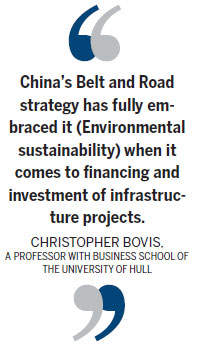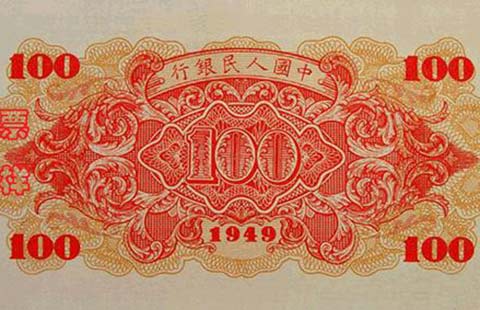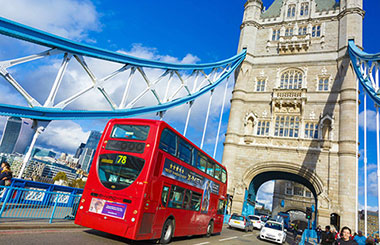
More private investment likely to flow into sustainable projects, analysts say
China's One Belt One Road Initiative is a catalyst for cross-border investment into long-term sustainable and energy -efficient infrastructure, and hence will make a big contribution to global effort to combat climate change, analysts say.
Because much of the infrastructure associated with the Belt and Road strategy is long term, the green agenda is built into the investment decision making process, and the importance of this value for the Belt and Road led financial investments will trigger more private investment into sustainable projects, they say.
|
A solar electric power plant in Hami prefecture, the Xinjiang Uygur autonomous region, on the ancient silk road. Li Mingfang / Xinhua |
"Environmental sustainability is a pre-condition for infrastructure provision, and China's Belt and Road strategy has fully embraced it when it comes to financing and investment of infrastructure projects," says Christopher Bovis, a professor of Business Law at the Business School of the University of Hull.
Bovis says environmental sustainability and energy efficiency that are core values in the Belt and Road strategy represent a distinctive competitive advantage over other investment industries and sovereign funds.
In addition, energy efficiency represents an industry in itself across the world. Renewable energy and the need to reduce dependency on fossil fuels will increase innovation and provide for lucrative opportunities for the Belt and Road strategy in investment and infrastructure financing in the countries along the modern silk routes, Bovis says.
The Belt and Road Initiative, proposed by President Xi Jinping when he visited Central and Southeast Asia in October 2013, consists of two key trade routes to Europe to strengthen regional economic integration, which are the Silk Road Economic Belt and the 21st Century Maritime Silk Road.
As many of the countries along the Belt and the Road are developing nations suffering from severe ecological problems and are facing the challenges of environmental pollution resulting from old policies, the Belt and Road is expected to help them upgrade their infrastructure and improve energy efficiency.
To achieve the regional integration vision proposed by Belt and Road, China has already deployed funds totaling around $100 billion (93 billion euros), and sustainability is expected to be at the heart of project assessments relating to these Belt and Road funds.

So far, $40 billion has gone into the Central Asia-focused Silk Road Fund. An initial tranche of $50 billion has been committed to a new Asian Infrastructure Investment Bank, and $5 billion has gone into a new Marine Silk Road Bank.
Klas Eklund, a senior economist at the Swedish bank SEB, says that these new development banks and financial organizations created to achieve the Belt and Road strategy will help create a more stable and transparent long-term environment for private investments, reducing risk and thereby stimulate private investors to join in greener practices.
"Consequently they may be able to crowd in private investment," Eklund says.
This method to attract private sector investment often happens because public sector-led multinational development banks and international financial institutions typically invest in the research work of the sustainable projects for the use of private investors, and also use their high credit rating to bring down the cost of financing for the whole projects, making them more attractive to private investors.
In addition, the use of green finance instruments to fund these sustainable infrastructure projects is consistent with the Chinese government's strategy of growing China's green bond market.
Unlike conventional bonds, green bonds back only projects with sustainability as a core objective, and these bonds have proven popular with funds internationally that have sustainability in their mandate.
Green bonds are a new but rapidly growing asset class, of which about $40 billion worth have been issued globally, but in China it is estimated that at least 2 trillion yuan ($300 billion) is needed to achieve China's environmental targets under the 13th Five-Year Plan (2016-20).
Eklund says he expects green bonds will be used for green investments along the Belt and Road route. "I also assume that the new investment banks will adhere to the Equator principles and similar high standards. They will stress-test investments with respect to ESG (environmental, social and governance) effects, and disclose environmental information to a much greater degree than previously."
ESG is a common way of measuring the sustainability and ethical impact of an investment, and the outcomes of this assessments play a role in helping asset managers make investment decisions, especially those who manage funds that have a reputation to practice socially-responsible investing. The Equator Principles is a risk management framework financial institutions use in determining, assessing and managing environmental and social risk in projects.
Eklund's views are echoed by Mattia Romani, managing Director for country and sector economics at the European Bank for Reconstruction and Development, who says the China-led international financial institutions such as the Asian Infrastructure Investment Bank and the Silk Road Fund can share lessons with international counterparts on how to lead investment into environmentally efficient projects.
"The type of infrastructure we lay out over the next decade will determine the sustainability of the next decade, especially the emission intensity and consequences for climate change."
Romani says all these need to be investing in long-term sustainable projects which may cost slightly more at the outset, but over the long term it makes economic sense as energy conservation will bring down the overall project costs, and it is important for multinational development banks to emphasize these benefits to the private sector.
Zhang Ying, associate dean for China business and relations at Rotterdam School of Management at Erasmus University, says that investing in sustainable infrastructure and efficient projects is crucial for China's go-global image, so it is a crucial part of the Belt and Road Initiative.
"Sustainability facilitated by China's Belt and Road strategy would not just benefit China, but will benefit the whole world, China's push for sustainability shows that it is taking a lot of the responsibility to solve global problems like pollution," says Zhang, who is also a visiting scholar at Harvard Business School.
The Chinese government's push to ensure the sustainability of Belt and Road-related infrastructure investments means that regulations will be made for private firms to implement these sustainability projects, and in turn it will help them to upgrade their technology for China's domestic market.
"Many of these private sector firms are just surviving in China, and as the Chinese economy nears full capacity, much of China's industrial production needs to be exported. Because of China's wish to maintain a sustainable image for its Belt and Road strategy, it will regulate these firms and effective regulation will help them to go through a structural shift to become more sustainable as well."
Thomas Puls, a senior economist at the Cologne Institute for Economic Research, says an additional factor that will help these countries to improve energy efficiency production is connectivity across the region facilitated by the Belt and Road initiative, because more connectivity and trade create competition for energy-supplying companies across the region, meaning they strive for more efficient technology.
"Because of the trading of energy, only the most efficient and sustainable technology will be able to survive across this newly created common market, and this will trigger environmentally friendly technology to develop."
cecily.liu@mail.chinadailyuk.com
(China Daily Africa Weekly 11/13/2015 page31)








